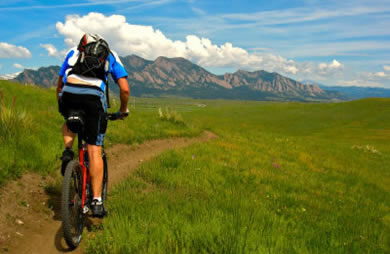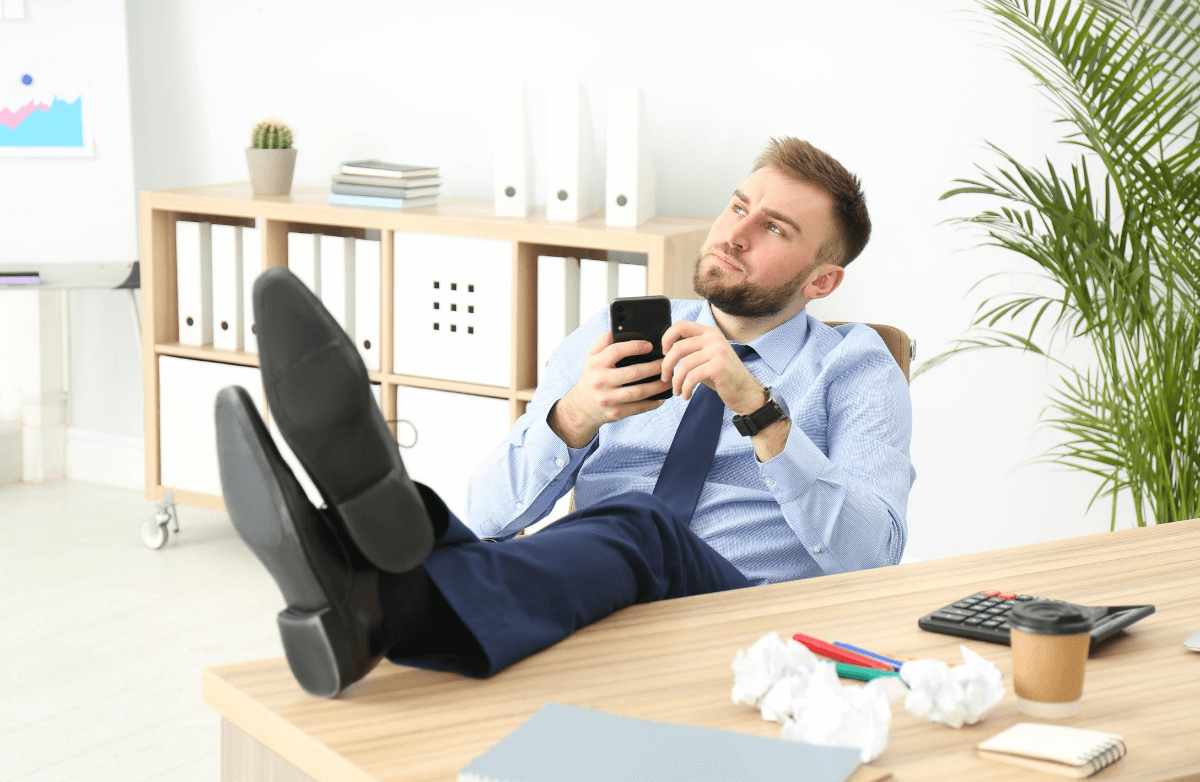|
To a runner, walker or hiker, a blister is like kryptonite. It may not look like much, but even the smallest patch of irritated, inflamed skin is enough to stop any foot-propelled workout in its tracks. Blisters are usually caused by friction, as your sock or shoe rubs against the skin during repetitive motion, which is why they're more likely to flare up during long races or hikes. The friction causes the top layers of skin to separate, and over time fluid gets trapped between them. There's no shortage of products on the market that promise to relieve and prevent blistering agony, but some can be pricey. Before driving to the sports store and spending money on cushioned insoles, orthotics, powders, lubricants, anti-perspirants or special patches, you might want to try a cheap, no-frills remedy that you probably already own: Good old-fashioned paper tape. The Blister Buster That Goes the Distance In a recent study at Stanford University, ultra-marathon runners tested low-cost paper tape—also known as surgical tape—as a means of preventing blisters. The study's lead author, emergency medicine physician Grant Lipman, has served as the resident doctor for many extreme endurance events, and blisters were by far the most common pain complaint among ultramarathon runners. After hearing some runners rave about the effects of simple paper tape, Lipman decided to put it to the test. The RacingThePlanet ultramarathon seemed like the perfect testing environment. During this grueling 155-mile event, participants run through Jordan, Madagascar and the Gobi Desert. Prior to the race, Lipman and his team of medical assistants applied paper tape to only one randomly selected foot of each of the participating runners. For runners who historically got blisters, the tape was applied to those same areas; for those who had been lucky enough to avoid blistering, the tape was placed on random parts of the foot. Over the course of the seven-day race, medical assistants monitored the runners' feet. They found that no blisters formed on the taped feet for 98 of the 128 runners, while 81 of the 128 did develop blisters on the feet without tape. The overall incidence of blisters had decreased by approximately 40 percent. As Lipman points out, paper tape is an extremely inexpensive way to prevent blisters. You can pick up a roll at your local drugstore for a buck or two, and it can last a year or more. Because it's thin, porous and only mildly adhesive, it works well for long-distance running. "The best way to make it to the finish line is by taking care of your feet," Lipman adds. More Tips to Keep Blisters at Bay Along with paper tape, you can also try these additional preventative measures for a blister-free run, walk or hike.
|
Popular EntriesRelated Entries
More From SparkPeople
|


.jpg)



.jpg)















